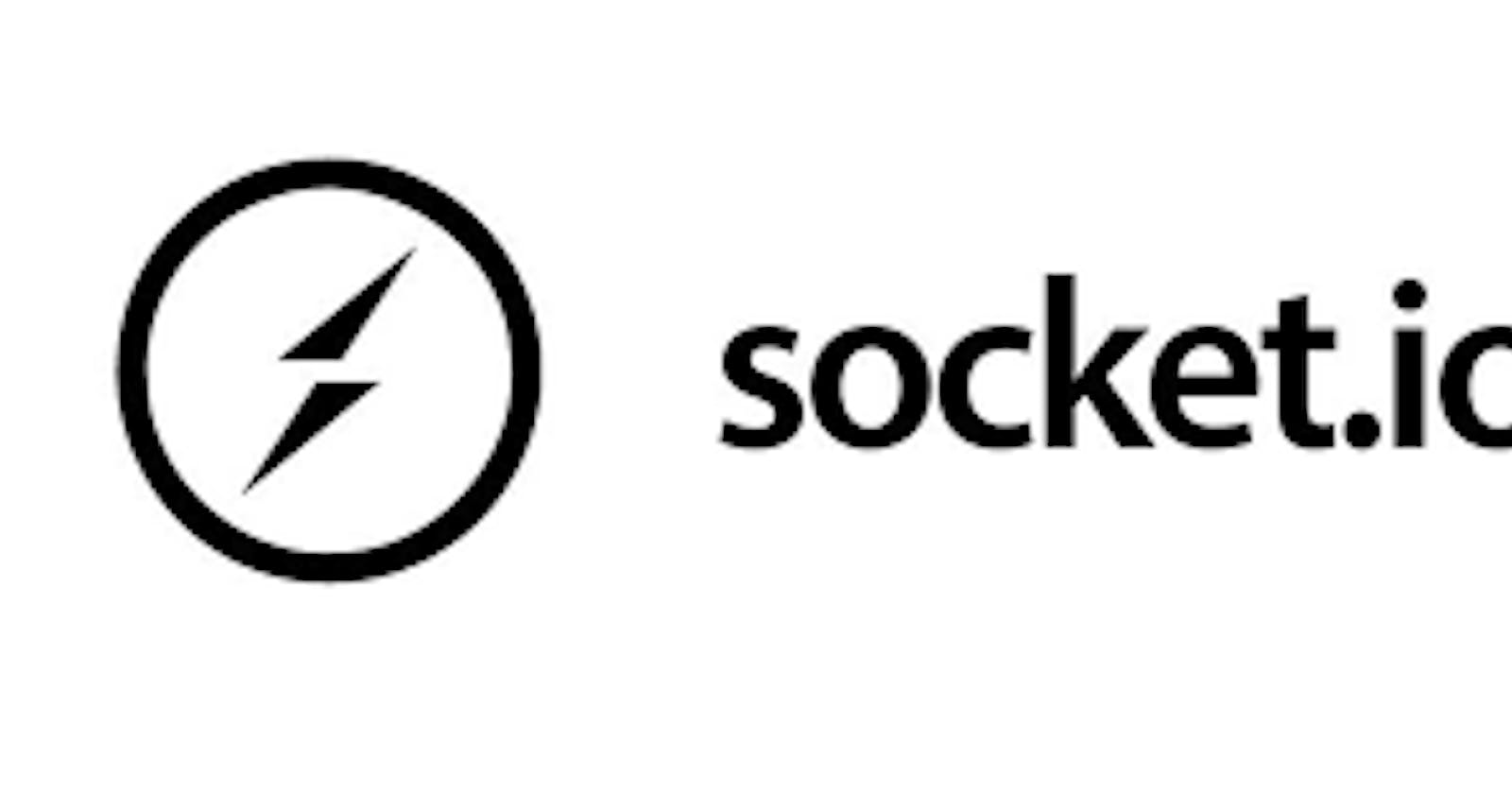To use Socket.io in a Vue.js application, you will first need to install the vue-socket.io library by running the command npm install vue-socket.io in your project's directory.
Once you have installed the library, you will need to import it in your main.js file and configure it to connect to your server. Here is an example of how to do this:
import Vue from 'vue' import VueSocketIO from 'vue-socket.io'
Vue.use(new VueSocketIO({ debug: true, connection: 'http://localhost:3000', }))
The connection option is the endpoint of your server.
Then, in your component, you can use the $socket object to listen for and emit events. Here is an example of how to listen for an event on the client:
export default { created() { this.$socket.on('new-message', (message) => { console.log(message) }) } }
And here is an example of how to emit an event from the client:
export default { methods: { sendMessage() { this.$socket.emit('send-message', 'Hello Server!') } } }
You can use the $socket object directly in your template and use it to trigger events or to bind event listeners.
Please note that you should use proper data validation and sanitization to prevent security issues and errors.
